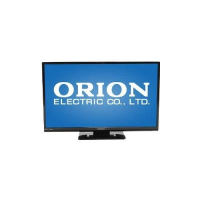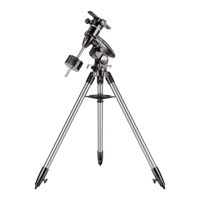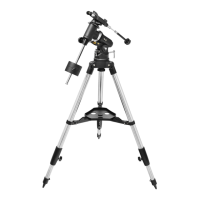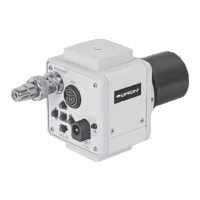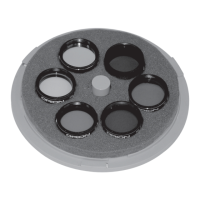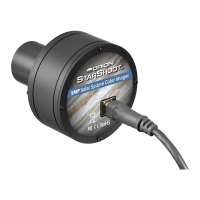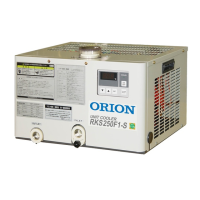9
will make it easier to nd the planets, but they will not bring out any signicant
details on the planets. High magnications must be used to get images of the
famous details of the planets, such as the rings of Saturn or bands on Jupiter’s
surface. Try using a 2x Barlow lens to boost the magnication of the eyepiece.
You might also consider using colored planetary lters that thread onto the bottom
of the eyepiece (just like the Moon lter). These colored lters bring out subtle
details of the planets by ltering out various colors that reduce detail. Orion has
several sets of colored lters available. Visit our website, OrionTelescopes.com,
for more information on colored planetary lters.
Deep-Sky Objects
It is very difficult, though not impossible, to shoot deep-sky objects – star clusters,
nebulas, and galaxies – afocally with a point-and-shoot digital camera. That’s
because most of them are extremely faint. Deep-sky objects usually require use
of a tracking mount and exposures of several seconds or more, which isn’t always
possible with typical point-and-shoot cameras. Some smartphone apps do have
the ability to integrate a number of images into a nal “long-exposure” image,
allowing capture of brighter deep-sky objects. Try experimenting with shooting
bright deep-sky objects with the equipment you have and see what kind of results
you can obtain.
Specifications
SteadyPix Pro (Main Unit)
Size 195mm x 115mm x 105mm
Weight 12.4 oz. (350g)
Material Aluminum, plastic
Eyepiece size compatibility 28mm – 45mm dia. (1.11"-1.77")
Platform load 4.5 lbs. (2.0kg) max.
Mounting ¼"-20 socket on foot
Smartphone Bracket
Size (min) 120mm x 60mm x 88mm
Weight 5.1 oz. (144g)
Material Plastic
Max phone size 80mm width, any length
Mounting ¼"-20 sockets on bottom (x3)
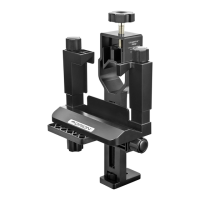
